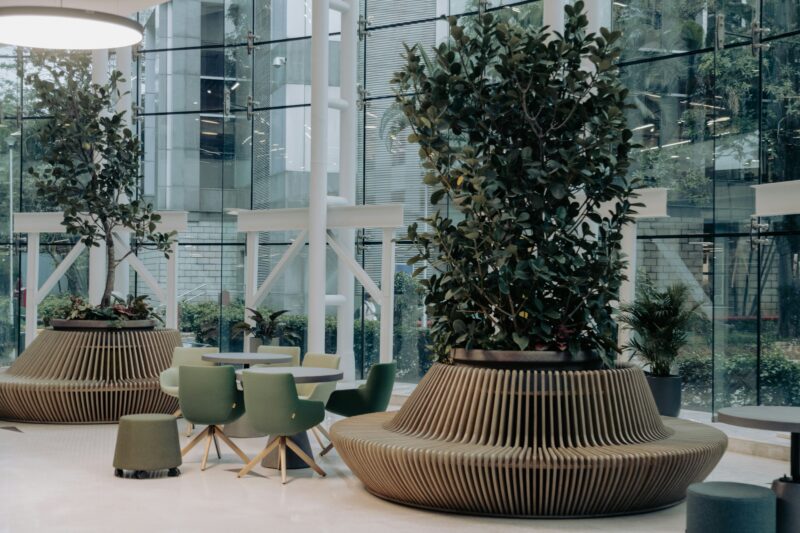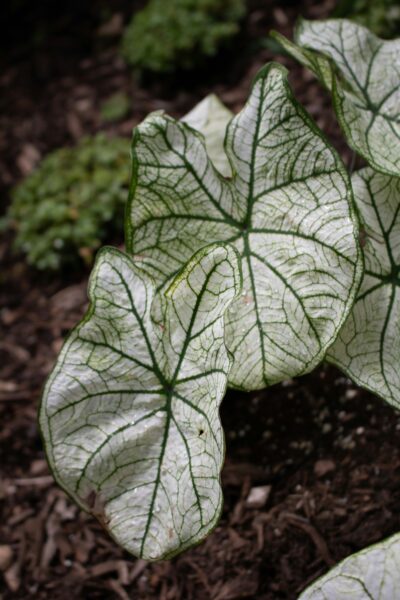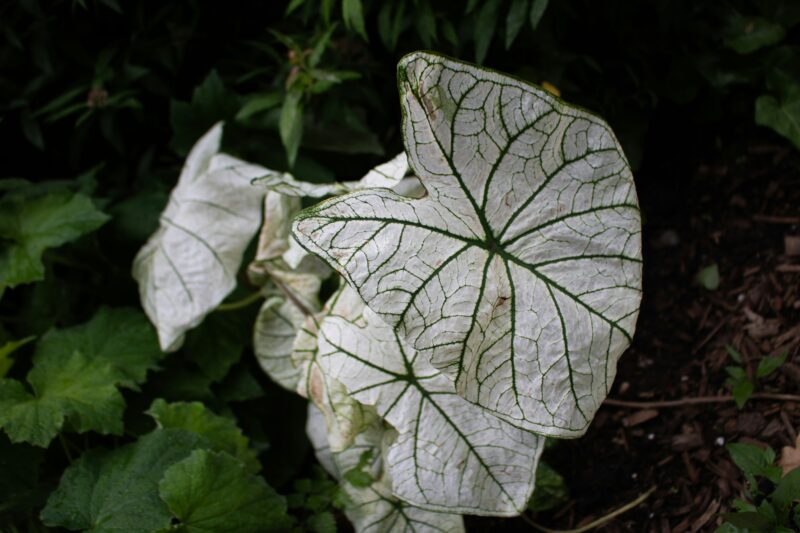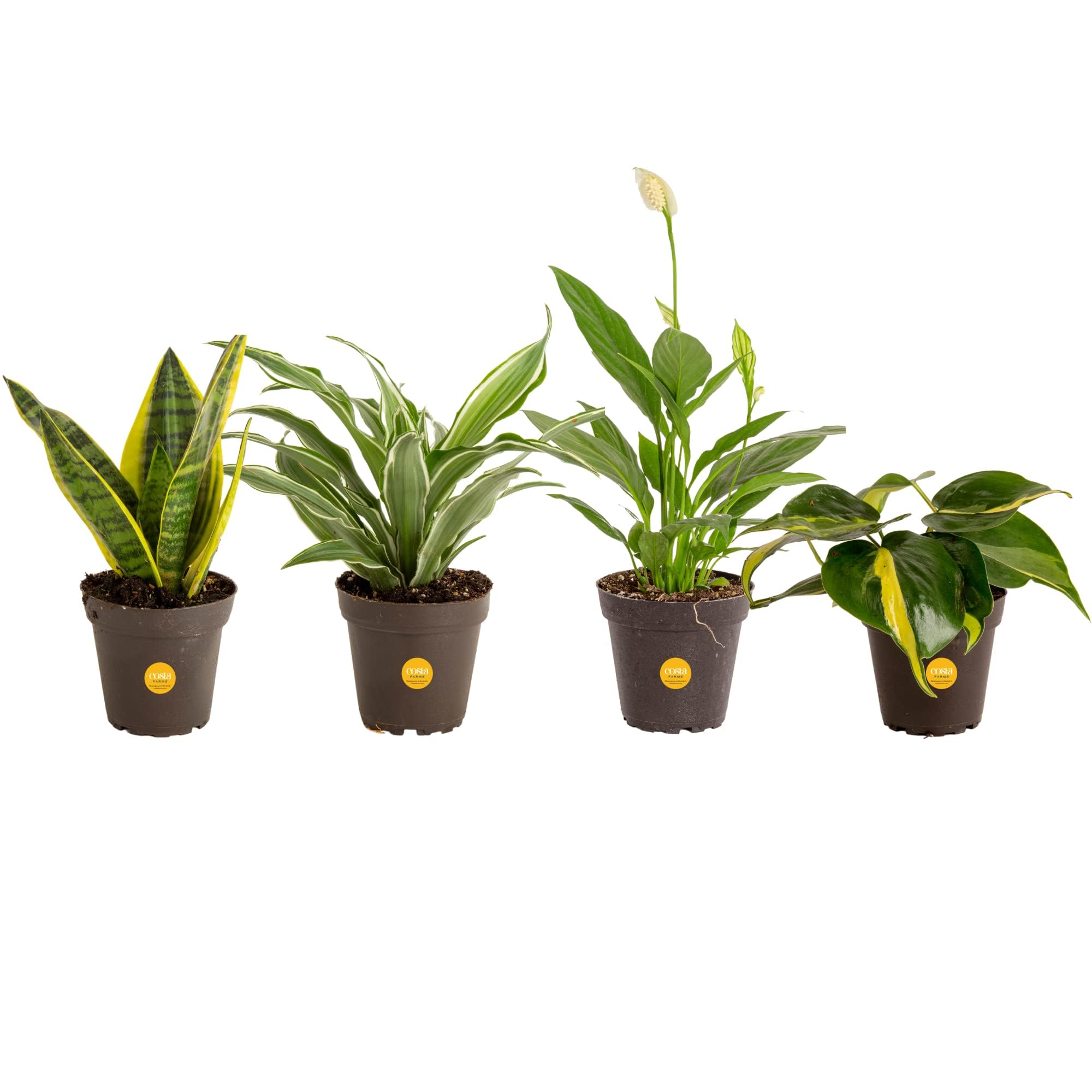
In the concrete embrace of our urban landscape, where steel and glass reign supreme, a transformative design philosophy emerges—a paradigm known as Biophilic Design. At its core, biophilic design seeks to heal this disconnect by infusing urban spaces with the natural world's vitality. The principle of biophilic design underscores the innate human affinity for nature, which plays a pivotal role in developing our built environments.

Understanding Biophilic Design
Biophilic design is a design methodology focused on incorporating natural features into the built environment, enhancing the bond between humans and nature. This holistic approach aims to nurture health and harmony within the environment, promoting both mental well-being and ecological balance.
Benefits of Biophilic Design

The Six Elements of Biophilic Design
Stephen Kellert, a noted pioneer in biophilic design, recognized six vital elements that encapsulate this philosophy:
| Element | Description |
|---|---|
| Environmental Features | Incorporates natural characteristics like plants, sunlight, and water to enhance physical spaces. |
| Natural Shapes and Forms | Integrates references to botanical motifs and organic forms in design. |
| Natural Patterns and Processes | Focuses on the organic properties and variability found in natural environments. |
| Light and Space | Utilizes natural light and spatial designs to echo openness and connectivity with nature. |
| Place-based Relationships | Connects cultural and ecological aspects, emphasizing the significance of place. |
| Evolved Human-Nature Relationships | Represents fundamental human experiences within nature, such as exploration and beauty. |
Design Strategies for Biophilic Elements
Case Studies of Biophilic Architecture
Biophilic architecture consistently demonstrates its potential across multiple applications:
Implementing Biophilic Principles
As urban environments grow denser, biophilic design becomes increasingly crucial in designing spaces that resonate with humanity’s inherent connection to nature. Through thoughtful design and strategic implementation, biophilic architecture can emerge as a powerful tool—balancing modernity with nature’s enduring presence and engendering spaces that nurture body, mind, and spirit.

Introducing a beacon of biophilic design, the Hydroponics 18 Plant Germination Kit is a cutting-edge solution for infusing lush greenery into urban spaces. Its remarkable vertical tower structure, prominently featuring verdant herbs, luscious vegetables, and vibrant flowers, creates an oasis of tranquility. This space-efficient design not only nurtures a mini ecosystem within your home or office but also purifies the air and elevates mental well-being. Perfect for aspiring green thumbs and seasoned gardeners alike, this hydroponic wonder promises a hands-on experience with nature, without the need for soil. Delight in the harvest of your own fresh, pesticide-free produce as you contribute to a greener tomorrow.
Enhance your living space with this innovative gardening system by visiting Hydroponics 18 Plant Germination Kit.

Embrace the essence of biophilic design with the Costa Farms Clean Air Plant Collection, a curated selection of houseplants that enhance your living space by bringing the tranquility of nature indoors. As shown in the product image, the lush foliage not only beautifies your environment but also purifies the air, creating a serene and healthier home oasis. These low-maintenance green companions are ideal for both seasoned plant enthusiasts and budding green thumbs, promoting well-being and enriching your biophilic home aesthetic.

Infuse your built environment with the essence of the outdoors through "Creating Luminous Spaces," a compelling guide that teaches how to harmonize your home with nature's elements. The book showcases serene interiors bathed in natural light, revealing a pathway to a more peaceful and connected living space. Intertwining practical tips with radiant imagery, this resource is invaluable for those seeking to elevate their habitat with biophilic design's tranquility and sustainability. Perfect for homeowners and designers alike, it’s a beacon for cultivating a space that reflects balance and promotes well-being. Discover the transformative power of nature in your everyday spaces with this insightful tome. Immerse in nature-inspired design.
As you embark on your own journey to integrate nature into your living or working spaces, remember that the exploration of biophilic design is a delightful pursuit of peace and connectivity. We'd love for you to join our ever-growing community, where we share inspirations and success stories that celebrate this beautiful marriage of nature and architecture. For more ideas and updates, follow us on Pinterest where our boards are blooming with endless inspiration. Check out our daily updates and stories on Instagram, and join the discussion on X (formerly Twitter). Don’t forget, our Facebook community is a great place to connect with fellow enthusiasts and share your own projects. We can't wait to see how you bring a touch of the natural world into your little corner of the urban jungle!
How do you seamlessly integrate natural elements into your building designs while maintaining safety standards?
1. Select appropriate and sustainable materials.
2. Incorporate greenery and water features.
3. Maximize natural lighting and airflow.
4. Establish seamless indoor-outdoor transitions.
5. Use natural shapes and motifs in design.
6. Draw inspiration from local ecosystems and cultural heritage.
Biophilic design focuses on creating spaces that enhance human well-being by integrating natural elements. By infusing interiors with aspects of nature, this approach promotes health and wellness for building occupants.
Biophilic design is rooted in the concept that people have a natural affinity for the natural world. By incorporating elements from nature into our man-made environments, we can boost our well-being, happiness, and overall quality of life.
Incorporating natural materials such as wood, stone, and marble can add warmth and texture to interiors, reflecting the beauty of the outdoors. Consider using wooden flooring, furniture, stone countertops, and marble accents to infuse your home with the essence of nature.
